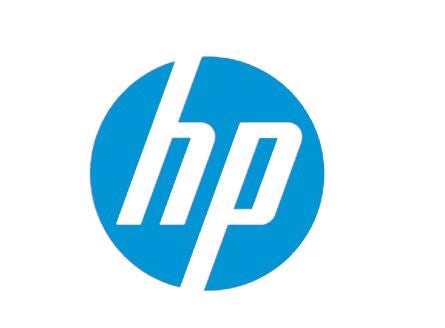
With the packaging technology used by counterfeiters becoming ever more sophisticated, it is vital that businesses take action to combat these threats and protect not only their brand, but also their customers.
Fortunately, there are a number of options available with digitally printed packaging. This technology provides brands with innovative protection from counterfeiters.
Digital printing has been proven to shorten cycle times and improve sustainability. Yet it is in security where this technology is making a significant difference for brands.
Digitally printed packaging
Digitally printed packaging is not confined to what is on a product’s physical container. It is linked to apps, online portals and databases, allowing track and trace of products throughout their entire lifecycle.
Alongside this, customers and retailers have the opportunity for greater interaction with brands, with the capacity to authenticate a product’s quality and original source through features such as watermarks and QR codes. In turn, these interactions give businesses the opportunity to gather real-time or consolidated data to monitor commercial campaigns, study consumer behaviour and help improve the quality of products, while protecting their brand identity.
Inks also play a key role in combating counterfeiters. At HP, for example, the company offers several different types of ink that are mostly invisible to the human eye and can only be read by UV or infrared scanners, as well as GoSure handheld readers. Furthermore, these inks are unable to be removed without creating obvious signs that a product has been tampered with.
Track and trace
Link Technology from HP enables each product to feature a unique printed ID. The technology has been developed to boost efficiency in the supply chain, while also enabling individual products to be tracked and traced in real-time. Thanks to these advances, geo-localisation at SKU level at any time is now a reality.
HP describes this capability in digitally printed packaging as giving each item its own ‘fingerprint’ and has been designed to make counterfeiting, theft and product damage considerably more difficult. The settings can be adjusted to meet requirements such as geographical parameters. If there are any concerns or anomalies during distribution, the Link Technology online portal allows a business to determine what is happening and how it can be resolved.
When it comes to labelling, it helps to have more than one deterrent. HP Indigo’s Titanium labels offer three protections in one, featuring a hi-res code, a QR code and a unique serial number.
In fact, HP offers specific solutions for serialisation. For example, with regulations in certain industries such as pharma requiring full serialisation for individual units, digital printing becomes an obvious solution for identification on the packaging of each item.
The GPAS QR code is another option to confirm authenticity, either by scanning, or by sending a code via text message that confirms it is genuine. The solution also offers traceability throughout the supply chain.
With digitally printed packaging, information can be instantly accessed to minimise non-necessary SKUs recalls, and the instant scan detection alerts retailers to stop certain items being put on public display. In the longer term, this technology has the potential to significantly reduce product recalls.
Additionally, GPAS codes allow the access of information such as expiry dates, grey market detection – where the product has been resold in another market – along with promotional compliance by retailers.
High security on a micro-scale
One particularly effective means of combating counterfeiters with digitally printed packaging is making text or barcodes small enough so they can easily get missed by those not in the know.
The HP Indigo SmartStream Designer plug-in offers brands a number of robust yet subtle security options. For example, the microtext font can blend into artwork and appear to just be lines or hyphens to the naked eye. However, specific text is revealed when magnified to reveal that the product is authentic.
On a similarly small scale but also making a big difference, micro 2D barcodes are an inconspicuous option for packaging. At four times smaller than standard barcodes, micro barcodes are not easy to detect but are encoded with important traceability and verification data.
In addition, HP SmartStream Mosaic solution has the capacity to generate an unlimited number of Guilloché marks. These colourful, stamp-like patterns consist of thin curved lines and are often generated using complex mathematics. This results in individual designs that are almost impossible to replicate.
Guilloché marks can be designed to look similar to products in the same range, but are all unique on closer inspection.
Brand protection
Ultimately, businesses can choose from a number of options to create a customised digitally printed packaging security solution that is both robust and aesthetically pleasing. The sheer volume of security combinations available dramatically reduces the chances of counterfeiters succeeding.
But with counterfeiters using the latest innovations available to them, brands must take measures to protect their products. If the quality of a product is compromised, a brand’s appeal and profitability may diminish. Crucially, the technology is now there to prevent this from happening.
Helping to provide that protection, HP’s extensive range of digital technologies has been developed through collaboration with internationally respected providers of security services. The philosophy behind the company’s digital print security portfolio? Easy to print, hard to copy.


